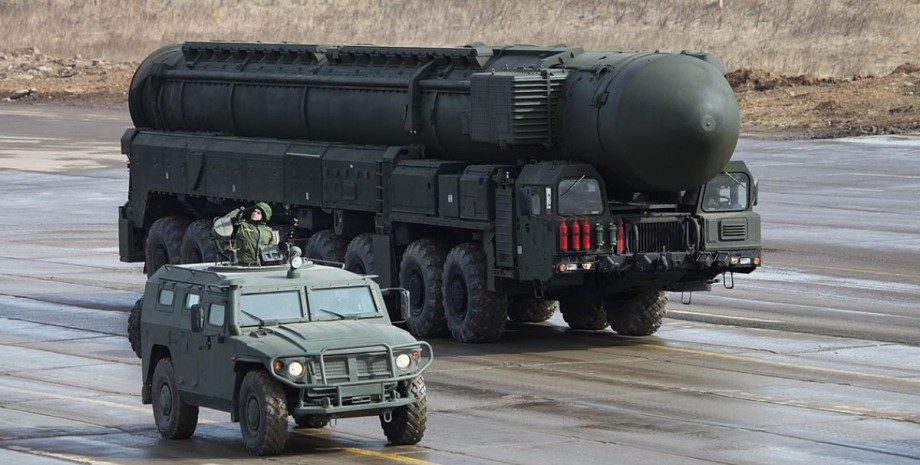
 By Eliza Popova
By Eliza Popova
From in the Astrakhan region, the occupiers launched an intercontinental ballistic missile (IBR), the type of which sets examination. The Air Force of Ukraine stated that Russian troops attacked enterprises and critical infrastructure of the Dnieper with rockets of various types, including the IBR. The use of the new Russian rocket was confirmed by President of Ukraine Volodymyr Zelenskyy. All characteristics, including the speed and height, according to it, are responsible for IBR.
In the media, there was a version of launching on the Dnieper rocket "Rubezh", a nuclear charge carrier capable of impressing targets up to 6,000 kilometers. The report on the threat of the use of the Armed Forces of the Russian Federation of Medium-range Ballistic missile PC-26 "Rubzh" appeared on November 20. On the same day, the US embassies and a number of European countries closed in Kiev. The social networks are spreading videos of the MBBR arrivals, according to the Yuzhmash plant.
The footage can see the launchers of rocket war blocks, but there were no such explosions on Earth. RC-26 "Rubezh" and other missiles of the same class "Topol" and "Yar" were developed as weapons of mass destruction. "Rubezh" has four separate blocks with a capacity of 0. 3 megatone each. Such a division system is called "Bus", said Oleg Katkov, editor -in -chief of Defense Express.
The senior analyst of the Australian Institute for Strategic Policy, Malcolm Davis is convinced that launching the IBR on the Dnieper in Moscow tried to force the event to stop supporting Ukraine. It is also a kind of signal to response to ATACMS rockets and Storm Shadow in Russian territory: on the morning of November 20, the Armed Forces bombers released 10 winged Storm Shadow missiles at the Sever's Targets Command in Marino Kursk Oblast.
The updated nuclear doctrine of Russia allows the use of nuclear weapons in response to the use of Western non -nuclear farm missiles by Ukraine. Probably, Russian troops demonstrated in the Dnieper the willingness to strike a nuclear stroke. Theoretically, the IBR can be installed a fugas combat part, but there is little practical sense.
Most of the territory of Ukraine - in the area of reach of Russian OTRC "Iskander" and ordinary cruise missiles, comments the executive director of the Ukrainian Center for Security and Cooperation Dmitry Zhmaylo. According to him, the existing videos of the IBB strike shows the consequences of kinetic stroke after falling parts of the rocket. This may indicate rocket equipment with the size of nuclear charges.
"I doubt the expediency of using medium or intercontinental ranges against Ukraine. There is a large arsenal of tactical nuclear weapons in Russia. The practical goal did not have this blow, it is" a gun shot in sparrows ", - says the analyst. "Daggers", winged missiles type X-55 and X-102 and many other shells. The Kremlin pond. . The only possible answer is the military and political support of Ukraine, the removal of all political restrictions in favor of a healthy military strategy.
Possible concessions from the Western countries can have much worse consequences than a blow on November 21, "Zhmaylo added. The MBB family is not designed to defeat targets at such a short distance: a rocket that hit the Dnieper, flew about 800 kilometers, adds the head of the Globalism Center Programs "Pavel Lakichuk" strategy.
Are they afraid that the rocket would be put up by Ukrainian air defense? The Russians have repeatedly talked about the invincibility of "daggers" and "Iskander", but the war proved the opposite. Imagine, and suddenly "Yars" destroy? "-he notes. From a military-political point of view, the blow to the Dnieper looks like a transition to a new level of escalation. Even in response to strikes of ATACMS and Storm Shadow rockets is an incomparable event.










All rights reserved IN-Ukraine.info - 2022